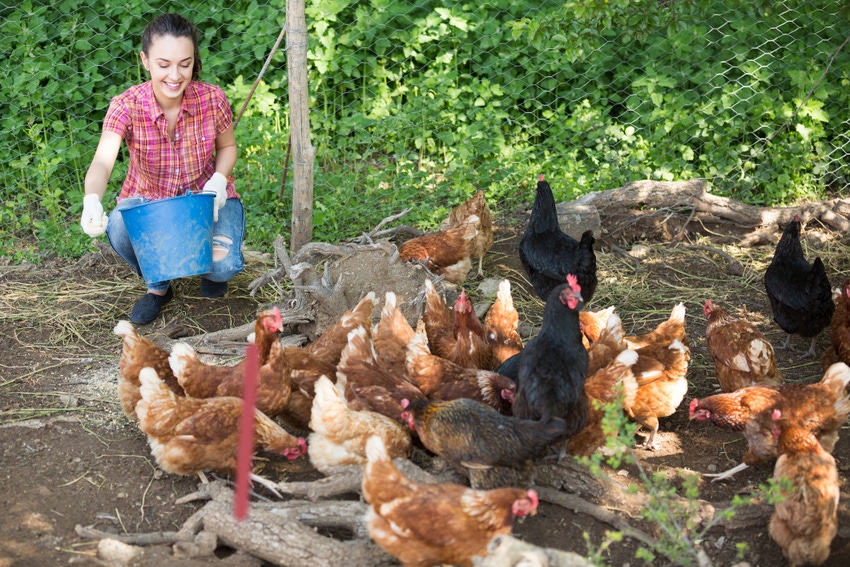Most recent positive case in California was found June 4; surveillance continues in quest for eradication.

California state veterinarian Dr. Annette Jones reported July 2 that with the cooperation of southern California residents "in very difficult circumstances and a tremendous commitment from emergency response teams," the joint California Department of Food & Agriculture/U.S. Department of Agriculture Virulent Newcastle Disease Project has found no new positive detections of the disease since June 4, 2019.
While this potentially moves the state closer to eradication, Jones emphasized that any subsequent detections would "represent a significant setback."
"This is an extremely critical time. It is imperative that bird owners continue to work together to ensure that previously infected areas remain free from disease, and it is vital that all bird owners within the regional quarantine area of Los Angeles, Riverside and San Bernardino counties [in California] continue practicing enhanced biosecurity and do not move birds," Jones said.
The project team will now survey and test in areas where disease has previously existed to make sure there are no remaining residual pockets of virus in poultry, Jones added.
However, she said it is important to recognize that the virus will remain in the environment for several more months and that the risk of infection remains. If additional birds test positive, those birds and any exposed birds on adjacent properties will be euthanized.
According to USDA, starting when the outbreak began May 17, 2018, more than 448 premises (as of June 28, 2019) in California have been confirmed as infected with virulent Newcastle disease, including 141 in San Bernardino County, 260 in Riverside County, 45 in Los Angeles County, one in Ventura County and one in Alameda County. USDA also confirmed one infected premises in Utah County, Utah, and one infected premises in Coconino County, Ariz.
The vast majority of these premises held backyard/exhibition poultry, and four commercial operations became infected with the disease.
About the Author(s)
You May Also Like


.png?width=300&auto=webp&quality=80&disable=upscale)
